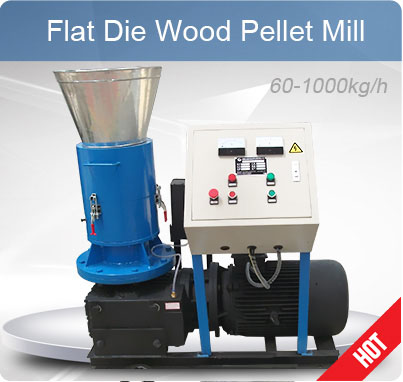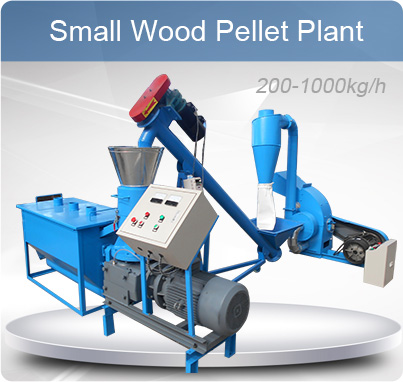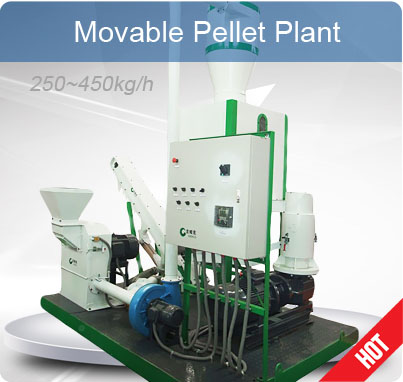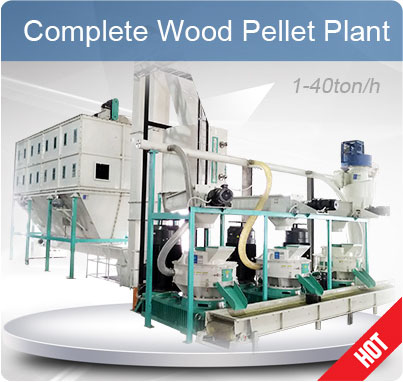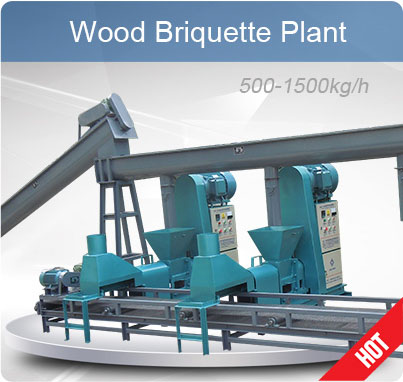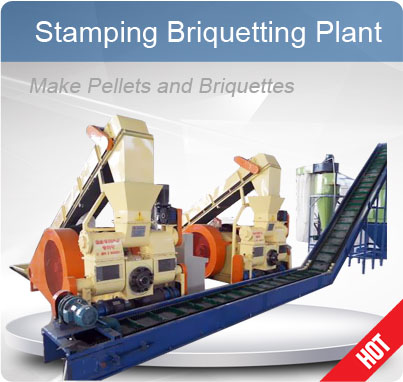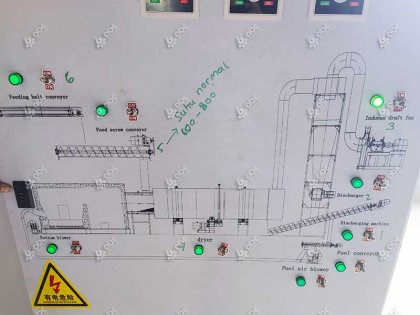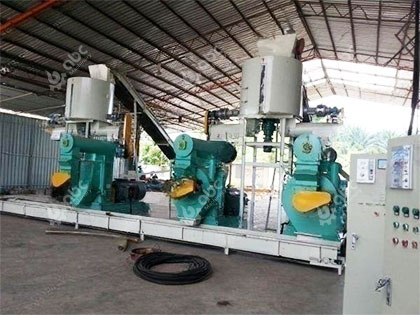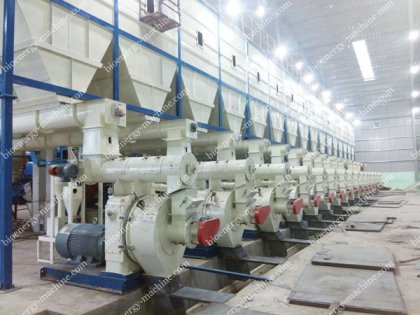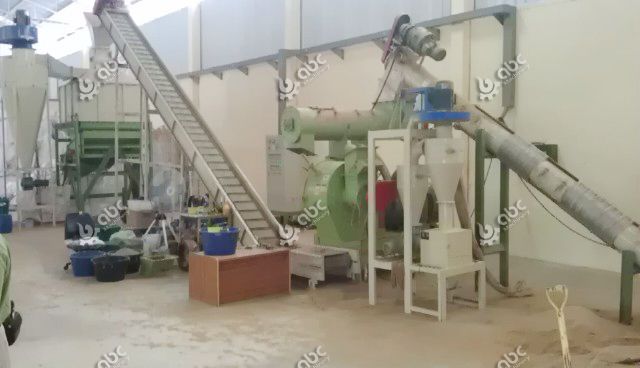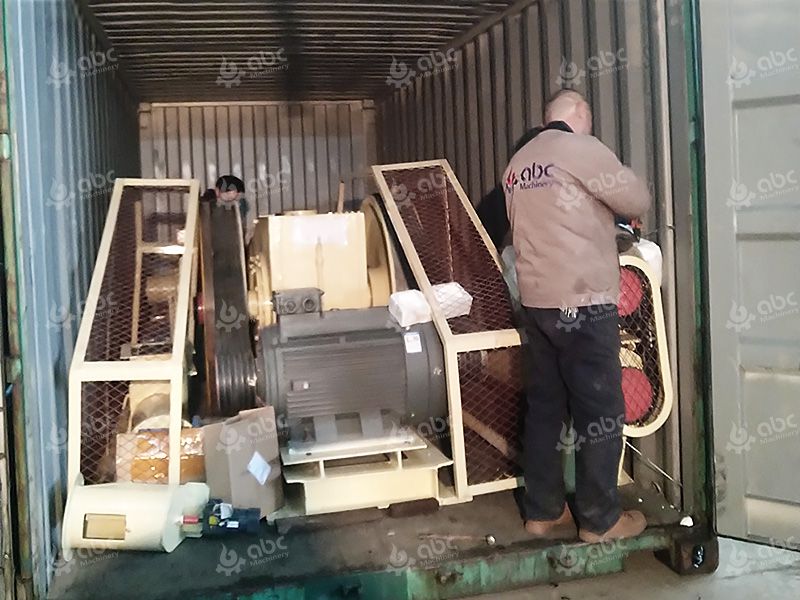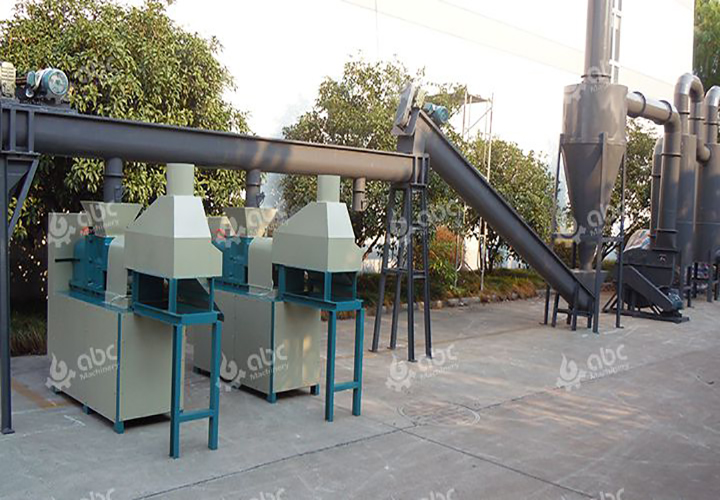
Setting up a RDF Plant for Green Pellets Fuel Making
- [Selecting RDF Pellet Machine] Choose the Suitable Equipment & Technology
- [Controlling RDF Plant Cost] Effective Budgeting and Profitability Strategies
- [Optimizing RDF Processing] Key Steps in Designing an Efficient Processing Flow
- [Eco-Compliance for RDF Plants] Strategies to Meet Environmental Standards Seamlessly
- [Operation and Management of RDF Pellet Plant] Secrets to Efficient Production and Quality Control
- [Planning RDF Processing Plants] Feasibility, Design, and Execution Strategies
- [Real-World RDF Projects] Reports & Engineering Insights for Industrial Investment
- [RDF Plant Policy Insights] Maximizing Government Incentive Opportunities
- [RDF Market Positioning] How to Develop a Successful Sales Strategy?
Feasibility and Planning Insights for Investing RDF Processing Plants

Potential for Investing RDF Pelleting Plants
Refuse-Derived Fuel (RDF) plants are increasingly vital in sustainable energy initiatives, especially for regions prioritizing landfill diversion and alternative fuel sources. A robust rdf plant project begins with strategic planning across market assessment, and construction timelines.
1.Market Demand and RDF Fuel Viability
Understanding RDF demand trends is key. According to the European Commission, RDF consumption in cement kilns exceeded 25 million tons in 2022. Industrial RDF usage in Southeast Asia is growing at an annual rate of 8.2%. For an RDF processing plant feasibility study, planners must analyze:
- Regional calorific needs: Industrial RDF applications typically require pellets with a heating value between 16-22 MJ/kg.
- End-user alignment: Cement, steel, and utility sectors demand consistent pellet quality, low moisture (<15%), and homogeneity.
2.Strategic Site Selection and Feedstock Analysis
Site selection affects both logistics and operating costs. Locations within 100 km of major urban waste centers can reduce feedstock transport costs by over 20%. A thorough raw material audit includes:
- Waste Composition Profiling: Use NIR (Near-Infrared Reflectance) technology to determine the plastic-to-organic ratio.
- Moisture Content Analysis: Target input below 30% to reduce drying loads.
- Contaminant Level Assessment: Heavy metals and chlorine must be minimized for industrial compliance.
3.Project Timeline and Process Layout Planning
A typical RDF plant takes 12–18 months from planning to commissioning. The process layout determines efficiency and includes shredding, magnetic separation, drying, pelletizing, and packaging.
Recommended RDF Plant Layout Stages
| Stage | Estimated Duration | Key Metrics |
|---|---|---|
| Site Preparation | 2 months | Soil test reports, utility access |
| Equipment Installation | 5 months | Pelletizer output ≥ 3 tons/hour |
| System Commissioning | 1–2 months | Emission test pass rate > 95% |
Key Feasibility Checklist during Setting up Your RDF Pellet Factory
- Infrastructure Access: Proximity to power, water, and roadways.
- Workforce Availability: Skilled operators and maintenance staff.
- Regulatory Pre-Approval: Engage local agencies early to ensure smooth permitting.
Feasibility planning defines the long-term success of any RDF investment. Proper integration of technical, financial, and environmental factors lays a solid foundation.
Discuss your RDF plant feasibility plan with our engineering team to avoid costly oversights and unlock long-term returns.Minimize planning risks with ABC Machinery's free RDF plant feasibility report. Contact our engineers to schedule a site assessment and cost projection.
Equipment and Technology Selection for RDF Pellet Production
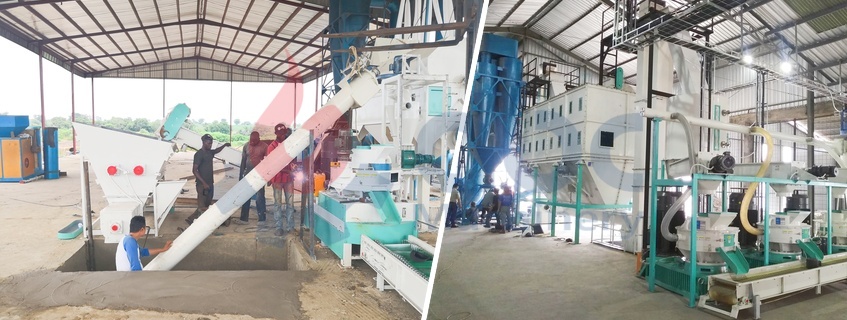
RDF Pellet Processing Machinery at Factory Price
Choosing the right RDF pellet machine and technology impacts both pellet quality and OPEX. Equipment selection should align with material characteristics, production capacity, and automation requirements.
Equipment Comparison and Selection Factors
RDF pellet machines come in flat-die, ring-die, and extrusion variants. Ring-die pellet machines are preferred in industrial rdf plant setups due to their output (>2 tons/hour) and wear resistance.
- Moisture tolerance: Equipment must handle 25–30% feedstock moisture.
- Additive feeding: Integration with lime or binder dosing systems.
- Motor efficiency: Target IE3 or higher for 5–8% energy savings.
Integrated control systems (MES – Manufacturing Execution System) enhance monitoring and traceability.
Optimize equipment selection for your RDF project. Get a custom configuration quote from ABC Machinery's technical team.
Operational Excellence and Market Success for RDF Plants
Achieving long-term success in RDF production requires integrating process optimization, environmental compliance, cost management, and strategic market positioning.
Process Optimization for Better RDF Fuel Output
Improving RDF production efficiency involves tackling process bottlenecks and enhancing fuel quality.
- Identify shredding delays with real-time SCADA feedback loops.
- Increase calorific value via drying enhancements—target final pellet moisture below 12%.
- Incorporate MES-controlled pellet cooling systems to reduce pellet surface temperature by 30% within 5 minutes post-pressing.
Environmental Compliance and Emission Controls
Environmental requirements are strict for RDF plants. In the EU, CO emissions must stay below 50 mg/Nm³, while HCl and VOC emissions must not exceed 10 mg/Nm³.
- Equip exhaust lines with bag filters rated for ≥99.5% dust capture.
- Include continuous emission monitoring (CEM) systems with automatic alerts.
Ensure your RDF facility meets global emission standards—Work with ABC Machinery's compliance engineers now.
Cost Structure and Investment Return Planning
Understanding your RDF plant’s cost structure is vital. Typical CAPEX ranges between $2.5–4.5 million for a 5 tons/hour RDF line. OPEX ranges from $35–$55 per ton depending on local labor and energy rates.
- Maintenance budget: $60,000–$80,000 annually per line.
- Average ROI period: 3–5 years with waste tipping fee subsidies.
Model sensitivity analysis against RDF market price fluctuations (±15%) is essential for long-term forecasting.
Market Strategy and Policy Incentives
Government support is increasing for RDF adoption. Over 15 countries offer landfill tax credits or co-processing subsidies.
- EU Innovation Fund supports RDF tech pilots up to €5 million.
- ASEAN clean fuel export markets open via bilateral agreements.
Tap into government incentives to fast-track your RDF project’s profitability—Talk to ABC Machinery's project finance advisors.




